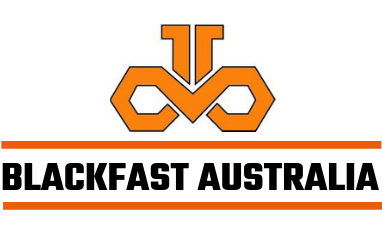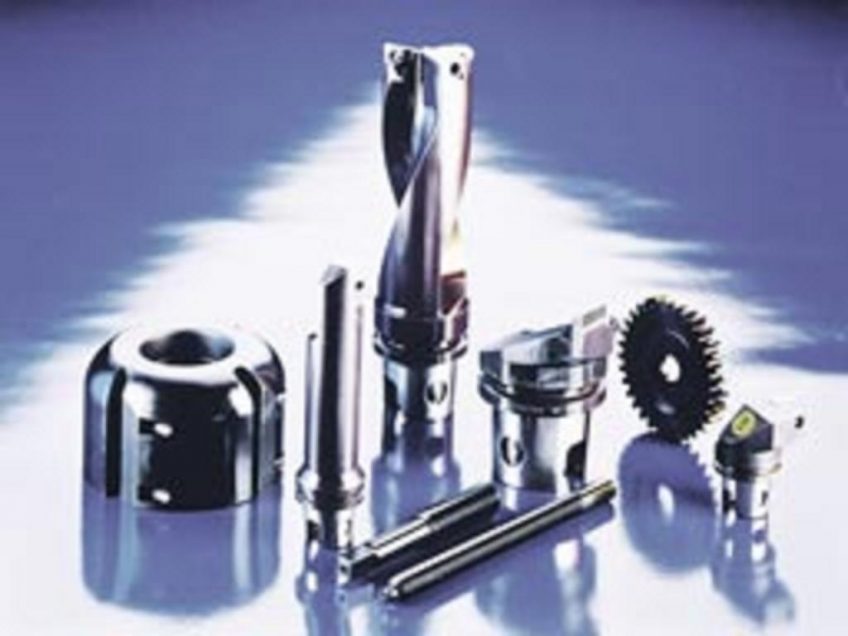Hydrogen embrittlement occurs when hydrogen atoms or molecules diffuse into the surface of a metal component, compromising its structural integrity. Once beneath the metal’s surface, hydrogen atoms form into molecules and cause the metal to weaken, often resulting in visible cracks. Unfortunately, hydrogen embrittlement can be an unwanted side effect of metal blacking, depending on the method used.
How plating and painting can cause hydrogen embrittlement
When you plate a metal component to change its colour, it’s possible to trap hydrogen atoms on the metal’s surface without any room to escape. Fortunately, if you’re wondering how to prevent the hydrogen embrittlement process when blackening metal, the experts at Blackfast can help.
Because our metal blacking and antiquing solutions don’t require the application of additional materials, we can prevent hydrogen embrittlement. In addition to bolstering the look of metal items, our solutions make them extra resistant to corrosion and deterioration.
Plus, unlike painting and plating, our formulas don’t alter an item’s weight or dimensions, which is crucial in many situations. If you’d like to see how Blackfast 716 and Blackfast 551 work, we’ll gladly arrange a face-to-face demonstration at a time that suits you. Don’t hesitate to contact us if you want a more in-depth introduction to hydrogen embrittlement.
How blackfast helps companies prevent hydrogen embrittlement
We’re making a name for ourselves in the UK, Australia and across Europe thanks to having an advanced metal blacking solution that almost eliminates the risk of hydrogen embrittlement. Our products, such as Blackfast 716 and Blackfast 551, provide businesses with the means to submerge components in our unique chemical formula, which blackens the surface of metal by altering its chemical composition rather than plating it in an additional material.
Thanks to our innovative metal blacking solutions, you can prevent hydrogen embrittlement when blackening even soft metals. Plus, hydrogen embrittlement most commonly occurs when components are treated with an acidic solution, but because our solutions are alkaline, the risk of such an issue is minimised. Add this advantage to the fact that our blacking solutions are more affordable, more effective and safer than many conventional methods, and you can see why products such as Blackfast 716 and Blackfast 551 are becoming increasingly popular in many European nations.
The Blackfast process
The cleaner, Blackfast 716, is an alkaline solution and should therefore not be capable of producing hydrogen embrittlement.
The conditioner, Blackfast 551, is acidic (pH 2.5-3) and contains small amounts of phosphoric and hydrofluoric acid (less than 0.1% in the working solution) and immersion time is no more than 2 minutes.
The blacking solution, Blackfast 181, is also acidic (pH 3-3.5) and contains phosphoric acid and potassium bifluoride (less than 1% in the working solution) and immersion time is only 1 minute.
It is concluded that the Blackfast process contains very low amounts of acid and the immersion times are minimal which should mean that the process is unlikely to cause hydrogen embrittlement.
Coating porosity also has an impact on hydrogen concentration. Electroplated coatings are dense enough to “trap” or seal hydrogen in the base material. Once the hydrogen is sealed in the component, it is more likely to produce an embrittlement failure. Mechanical coatings are more porous (less dense). Therefore, any hydrogen in the base material of a mechanically coated component will have a better opportunity to escape.
The Blackfast process is not a dense coating, rather a surface conversion, and it is specifically designed to produce a porous crystal lattice which will allow oils and waxes to be absorbed into it.
The Blackfast process is therefore unlikely to be capable of trapping or sealing hydrogen in the component.


Leave a Reply
You must be logged in to post a comment.